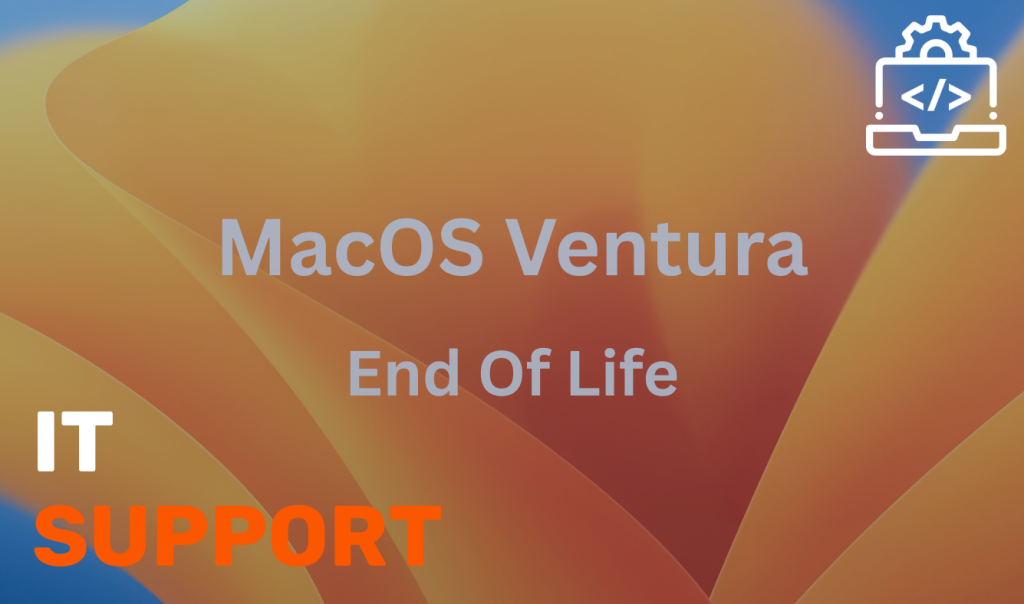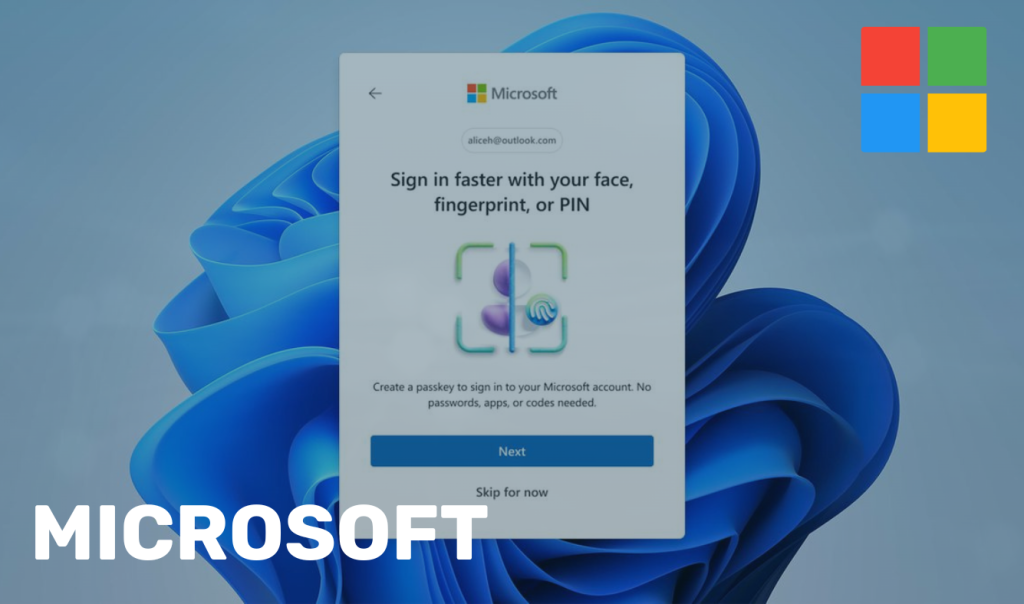Ransomware is no longer just a tool for highly skilled hackers—it has evolved into a turnkey criminal service model called Ransomware-as-a-Service (RaaS). In this model, even relatively inexperienced cybercriminals can launch powerful ransomware attacks by leasing tools, infrastructure, and guidance from professional operators.
For organisations across industries, RaaS intensifies the threat landscape: it lowers the barrier to entry for attacks, increases volume, and adds complexity to defending against them. In this post, we will explain how RaaS works, why it’s so dangerous, real-world examples, and what steps businesses should take to protect themselves.

What is Ransomware-as-a-Service (RaaS)?
RaaS is a cybercrime business model in which ransomware developers (the operators) build, maintain, and distribute ransomware tools, infrastructure, and services. Affiliates (attackers) pay the operators—via subscription, licensing, or profit-sharing—to use these tools to execute attacks against victims.
In many cases, the operator handles technical responsibilities—such as encryption engines, command-and-control servers, decryption services, payment portals—while affiliates do the front-line work of gaining access, deploying ransomware, and interacting with victims. This division of labor boosts efficiency and scale.
RaaS is often described as a criminal take on the “Software-as-a-Service (SaaS)” model: operators develop and “sell” ransomware kits, manage updates, provide customer-like support, and even maintain user dashboards for affiliates.
Why RaaS is Particularly Dangerous
RaaS amplifies ransomware risks in several critical ways:
- Lower Barrier to Entry
Even attackers with minimal technical skill can carry out damaging attacks. This democratization drives greater volume and diversity of threats.
- Rapid Innovation and Iteration
Operators continuously update, refine, and evolve ransomware kits—improving obfuscation, bypass techniques, and payload modularity. Affiliates benefit from these updates without needing deep technical capabilities.
- Profit Sharing & Incentives
Operators may take a cut of ransom payments (20–40% or more), incentivizing them to maintain high-quality infrastructure and affiliate support. Affiliates receive the remainder, aligning motivations for both.
- Multi-Extortion Tactics
Many RaaS attacks include double extortion (encrypt data + threaten to publish stolen data) or even triple extortion (adding DDoS or ransomware of backups) to pressure victims.
- Scalability & Reach
Because RaaS provides scalable infrastructure (e.g. command & control, payment portals, decryption services), attacks can be launched on multiple organisations simultaneously, including small and medium enterprises.
Real-World Examples & Trends
- LockBit is one of the most notorious RaaS operations. It offers a platform for affiliates, with a dashboard, affiliate support, and decryption tools. LockBit has been linked to a large share of global ransomware incidents.
- Conti operates under a semi-RaaS model: its core team develops the malware and recruits affiliates to deploy it. They also use double extortion tactics and leak threats.
- Newer RaaS groups continue emerging. For example, MichaelKors (formerly Qilin) targets VMware ESXi servers in data centers—an audacious move designed to inflict high-impact damage.
- According to Fortinet’s RaaS trend reports, the RaaS ecosystem is expanding, with operators increasingly using automation and AI for recruitment, targeting, and money laundering operations.
Anatomy of a RaaS Attack
A typical RaaS incident generally follows these stages:
- Access & Reconnaissance
The affiliate gains access (via phishing, stolen credentials, exposed RDP, zero-day) and maps the environment. - Deployment of Ransomware
Using the rented or licensed kit, the affiliate deploys encryption tools. The operator’s infrastructure supports payloads, encryption keys, and command-and-control communication. - Data Encryption & Exfiltration
Files are encrypted, and sensitive data is often exfiltrated for use in a double-extortion threat. - Ransom Negotiation & Payment
Victims receive ransom demands, often with deadlines and threats. Payment flow is handled via operator infrastructure. - Decryption & Clean-up
If payment is made, the operator supplies decryption keys or tools. Sometimes, data may still be leaked despite payment. - Profit Sharing & Reporting
The operator retains its revenue share, and affiliates get their cut of the ransom.
How to Defend Against RaaS Threats
Defending against RaaS requires a layered and proactive approach. Here are key strategies:
- Zero Trust & Network Segmentation
Limit lateral movement via micro-segmentation, least privilege access, and strong network border controls.
- Endpoint Detection & Response (EDR)
Deploy EDR tools that detect anomalous behavior, file encryption, and ransomware patterns before the damage becomes irreversible.
- Frequent Backups & Immutable Storage
Maintain air-gapped or immutable backups so data recovery is possible even if attackers encrypt your active systems.
- Threat Hunting & Threat Intelligence
Use threat intelligence to monitor known RaaS groups, emerging TTPs (tactics, techniques, procedures), and indicators of compromise (IoCs).
- Email Security & Phishing Defenses
Because phishing remains a top vector for ransomware, use advanced email filtering, sandboxing, and user awareness training.
- Incident Response Playbooks
Have a tested, documented response plan specific to ransomware—including communication, containment, forensic analysis, and legal escalation.
- Ransomware Readiness Assessments
Conduct assessment routines to identify gaps in preparedness and remediation strategies.
Why RaaS Changes the Game
- Volume over sophistication: Many attacks are not advanced—they rely on volume, facilitated by RaaS kits.
- Anonymity & scale: Operators remain hidden while affiliates take the heat.
- Rapid adaptation: The RaaS model enables fast deployment of new variants across many environments.
- Ecosystem complexity: Defending against RaaS requires coordination across internal IT, security, backups, and threat intelligence teams.
Contact Creative Networks Today
Ransomware-as-a-Service is a major evolution in cybercrime. It turns ransomware into a mass-market offering, fueling attacks on organisations of all sizes and industries.
To stay safe, businesses must move beyond reactive measures and adopt a defense-in-depth posture: zero trust, resilient backups, EDR, threat intelligence, and tested incident response.
At Creative Networks, we help organisations build defenses against advanced threats like RaaS. Our services include ransomware readiness assessments, endpoint protection, zero-trust architectures, and incident response planning.
Contact Creative Networks today to evaluate your exposure to RaaS and fortify your cyber resilience.




